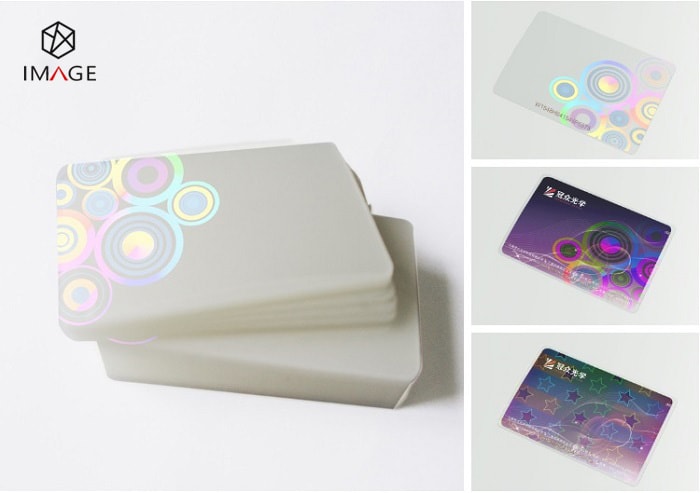Mastering the Art of Fixing Laminate on a Fake ID: A Comprehensive Guide
Discover effective methods for fixing laminate on a fake ID. This guide provides step-by-step instructions, tips, and tricks to ensure your fake ID looks authentic and professional.
Laminating a fake ID is a crucial step in ensuring its durability and authenticity. However, fixing laminate issues requires skill and precision to avoid detection. In this guide, we'll explore various techniques and strategies for fixing laminate on a fake ID effectively.
Understanding Laminate Issues
Common Problems
Identify common laminate issues such as peeling, bubbling, or uneven application. Understanding these problems is essential for implementing the right fixing techniques.
Causes
Explore the causes behind laminate issues, including improper application, poor quality materials, or excessive wear and tear. Addressing the root cause is key to preventing future problems.
Essential Tools and Materials
Heat Source
A heat source such as a hairdryer or heat gun is essential for fixing laminate issues. Heat helps soften the laminate, making it more pliable for manipulation.
Pressure Application Tools
Tools like a credit card or roller help apply pressure evenly, ensuring proper adhesion of the laminate to the ID surface.
Adhesive Solutions
High-quality adhesive solutions such as clear tape or laminate adhesive are necessary for reattaching loose or peeling laminate.
Step-by-Step Fixing Techniques
Heat and Pressure Method
Apply heat to the affected area using a hairdryer or heat gun, then use a credit card or roller to apply pressure and reseal the laminate.
Clear Tape Reinforcement
Place a piece of clear tape over the damaged area, ensuring it overlaps with the laminate edges. Apply pressure to secure the tape in place.
Laminate Adhesive Application
Apply a small amount of laminate adhesive to the damaged area, then press the laminate firmly onto the ID surface. Use a roller to ensure proper adhesion.
Tips and Tricks
Test in Small Areas
Before applying fixing techniques to the entire ID, test them in small, inconspicuous areas to ensure compatibility and effectiveness.
Use Moderate Heat
Avoid using excessive heat, as it can damage the ID surface or cause the laminate to melt. Start with low to moderate heat settings and adjust as needed.
Practice Patience
Fixing laminate issues may require multiple attempts and careful attention to detail. Take your time and work methodically for the best results.
FAQs (Frequently Asked Questions)
To fix laminate bubbles, use a hairdryer to apply heat to the affected area, then gently press out the air bubbles using a credit card or roller.
It's not recommended to use super glue, as it may damage the ID surface or cause discoloration. Stick to specialized laminate adhesives for best results.
Properly fixing laminate issues can improve the overall appearance and authenticity of your fake ID, but it's essential to exercise caution and attention to detail.
Conclusion
Fixing laminate on a fake ID requires patience, skill, and the right tools and materials. By following the techniques outlined in this guide and practicing caution, you can effectively address laminate issues and maintain the integrity of your fake ID.

